Anniversary for historic Dig for Victory allotments in Byng Road a precious moment for longest-serving plot holder
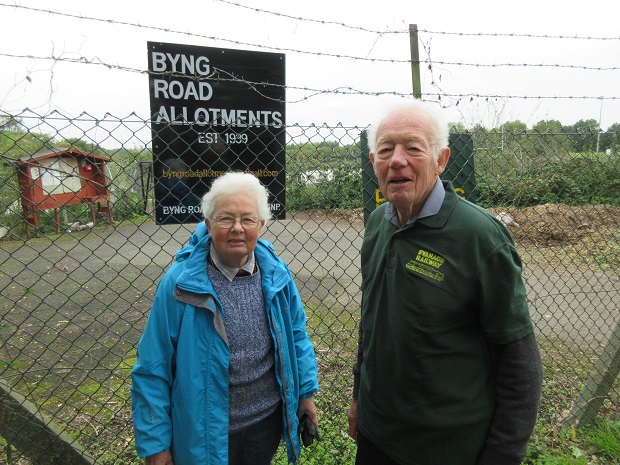
High Barnet’s Byng Road allotments celebrate their 85th anniversary next year — and for 66 of those years Peter Morris has been tending his plot with the same determination and enthusiasm as when he started out as a teenager.
Peter, who is now 81 – seen above with his sister Angela – took on his first plot at the age of 15.
Instead of doing a paper round as a schoolboy, he had begun growing plants at home and was keen to start cultivating vegetables when the chance came up to rent a plot.
Byng Road Allotments were one of the first Dig for Victory allotments opened by local councils during the Second World War at the request of the Ministry of Agriculture to encourage people to grow their own vegetables.
Much of the land used for emergency cultivation was taken back by local authorities after the war but the plots in Byng Road remained popular and became a protected allotment site.
Few of the original Dig for Victory allotments have survived, many having been sold off for housing and other development.
After gaining independence from Barnet Council a decade ago, the Byng Road plot holders are determined to find an appropriate way to mark another important milestone.
Because he was under 21, Peter had to ask his grandmother Edith to be his guarantor in 1956 when he signed up with Barnet Urban District Council for a ten-pole plot at a rent of 10 shillings and 6 pence a year.
“I was always hoping to get my own plot. When I was a bit younger, I was always in my father’s greenhouse. I remember turning out boxes of bedding plants at half-a-crown a box and selling them on to local nurseries.”
Even though food rationing had ended in 1955 the year before Peter got his plot, many families still relied on their allotments.
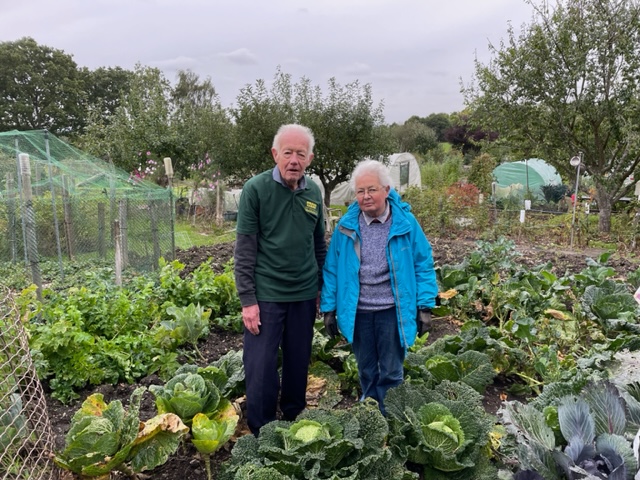
Peter remembers how in the late 1950s and early 1960s some of the Byng Road plots were cultivated by men who travelled out from London.
“At weekends some of them came for the day, on the tube from Highgate, Kentish Town, Camden Town and even Angel, with their spades, forks, and a packed lunch. Some had a Primus in their sheds, so they could brew a cup of tea.”
Peter’s dedication to the Byng Road Allotments knew no bounds: he became honorary secretary of the allotment group in the 1960s, a post he filled for over 30 years, with the assistance of his sister Angela.
On Peter’s initiative the allotment group took the first step towards self-control of their site when, in 1980, in return for a substantial discount for plot holders, he reached an agreement with Barnet Council to collect the annual rents himself, thus saving the council the cost of paperwork and postage.
He was proud of the deal he had secured for the Byng Road allotees giving them the “cheapest allotment rents” in the area.
When Peter stood down in 2001 – and handed over the role of secretary to Erica McCormick – he reflected on all the “fun and friendship and happiness” he had experienced at the Byng Road site since taking on a plot in the 1950s when still a schoolboy.
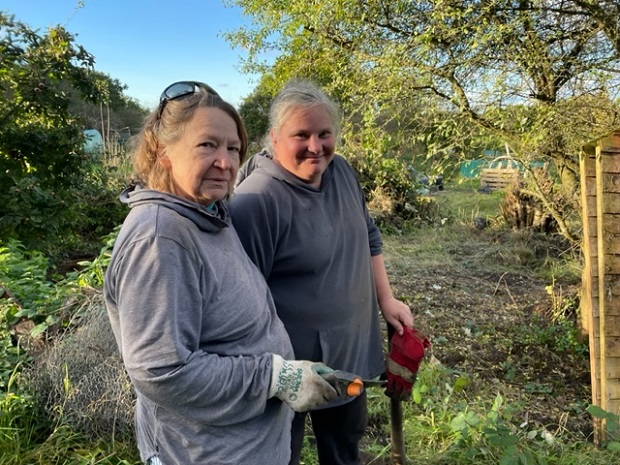
Erica (left) seen here with the group’s current chair Anna Robins, saw through the final step towards freeing the allotments from Barnet Council’s day-to-day control.
Allotment groups within the borough were being urged to form an association so that they could lease their sites and run themselves.
Byng Road’s allotment holders voted by 65 per cent in favour of opting for self-management. A 38-year lease was agreed, and the council divested itself of responsibility in 2013.
In return sites could set their own rents and any increase in funds would be available for maintenance after paying for essential like fences and the water supply, but they had to arrange their own public liability insurance and if usage of the site fell below 75 per cent, the council retained the right to take the site out of allotment use.
Erica, who stood down in 2016, thought there was no doubting the great success of self-governing allotment groups and their ability to keep rents for allotees much lower than in sites that have remained under local authority control and where plot holders pay for council overheads.
Since becoming chair, a year ago, Anna Robins has been beavering away to compile a history of the Byng Road site. It has meant examining records of the former Barnet Urban District Council, Hertfordshire County Council and Barnet Council.
Perhaps her most gratifying discovery was that Byng Road can claim to be one of the very first Dig for Victory allotments. A month after the declaration of the Second World War in September 1939, the Ministry of Agriculture announced the Dig for Victory campaign, and in October 1939 Barnet UDC agreed to provide 400 plots of 10 poles each.
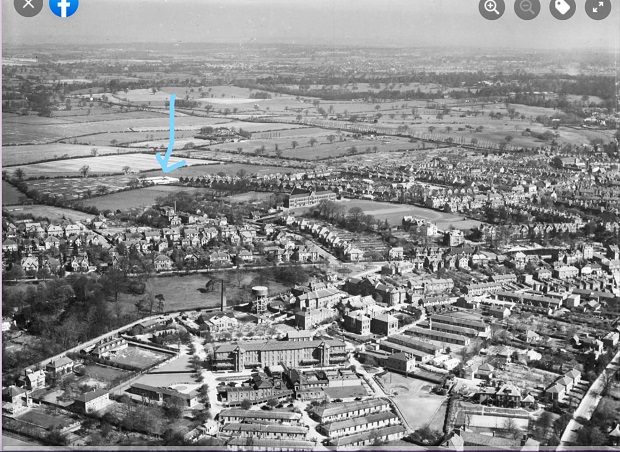
The original site for the allotments – aerial photograph above — was adjacent to what is now the Noah’s Ark Children’s Hospice and woodland cared for by the Barnet Environment Centre.
This land had been purchased by Hertfordshire in 1937 for playing fields for Barnet’s elementary schools and because it was already council owned – and did not require a compulsory purchase order – it could be made available immediately to supplement the existing Bells Hill Allotments and meet the demand for war time allotments.
After the war more school buildings were needed to accommodate extra children from the raising of the school leaving age in 1947 and in March 1952 Hertfordshire moved the allotments to their current site next to the Byng Road playing fields and Barnet Elizabethans Rugby Club.
Anna said that after the end of rationing and the growth in supermarkets, vacancies for plots steadily increased. In July 1960 Byng Road allotments were reduced in size and all temporary allotments within Barnet UDC were closed.
After the relative predictability of vegetable growing during his early years as the Byng Road’s youngest allotment holder, Peter Morris has witnessed something of a sea change.
Fifty years ago, it tended to be a male-dominated environment, but this began to change in the mid-1970s when the grow-your-own boom took off and more families — and women – took over vacant allotments.
Plots which had not been dug for years found new and enthusiastic tenants, encouraged no doubt by the epic and much-loved BBC sitcom, The Good Life, which was launched in 1975.
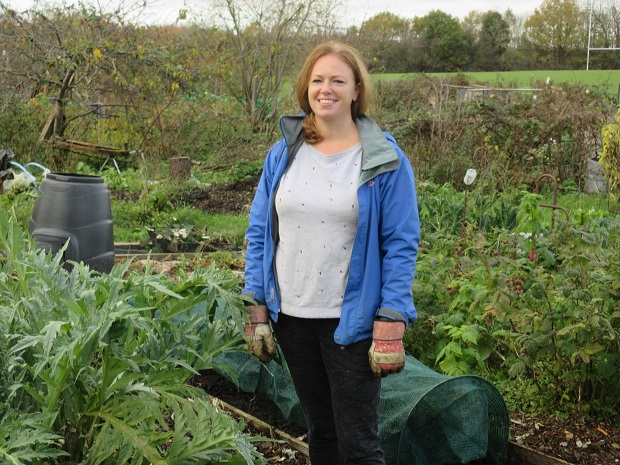
Sophie Esplin-Jones, former chair of the committee – seen here on her plot in 2020 – had been delighted to find that the number of women holding plots was just short of 40 per cent, and quite a few of the women shared with a friend or neighbour.
She said at the time that “going down to the allotment” really was quite a sociable affair. It was a safe, gated area for children and the committee organised as many family events as it could.
Anna Robins thought the trend had accelerated with the social element becoming more and more important.
“There is a rise in tenants having chairs and tables on their plots and BBQs. More tenants are bringing friends and extended family to help work their plots.”
Reflecting on the changes in growing patterns, Peter Morris said that instead of the basics such as potatoes, cabbages, beans and so on, more plot holders were growing courgettes, squashes, pumpkins and a whole range of exotic fruit and vegetables.
Anna thought the recent hot summers were partly responsible as well as seeds becoming more accessible and affordable.
“As the borough becomes more diverse so do our tenants. They will plant fruit and vegetables they are familiar with, Pak choi, figs etc., and share their knowledge with others about how to grow and cook them.”
Anna said another significant trend is that not every tenant grows vegetables in straight row.
“Just walking round our allotments, you see how each tenant cultivates differently: no dig, organic, companion planting and so on.”
Increasing the biodiversity of the site was a priority, including not just birds, but insects, bees, foxes and so on.
Many plot holders have bird and bat boxes and a small wildlife pond and a patch for flowers – all a far cry from the earnest vegetable growing that enticed Peter Morris to become an allotee at the age of 15.
1 thought on “Anniversary for historic Dig for Victory allotments in Byng Road a precious moment for longest-serving plot holder”
Comments are closed.

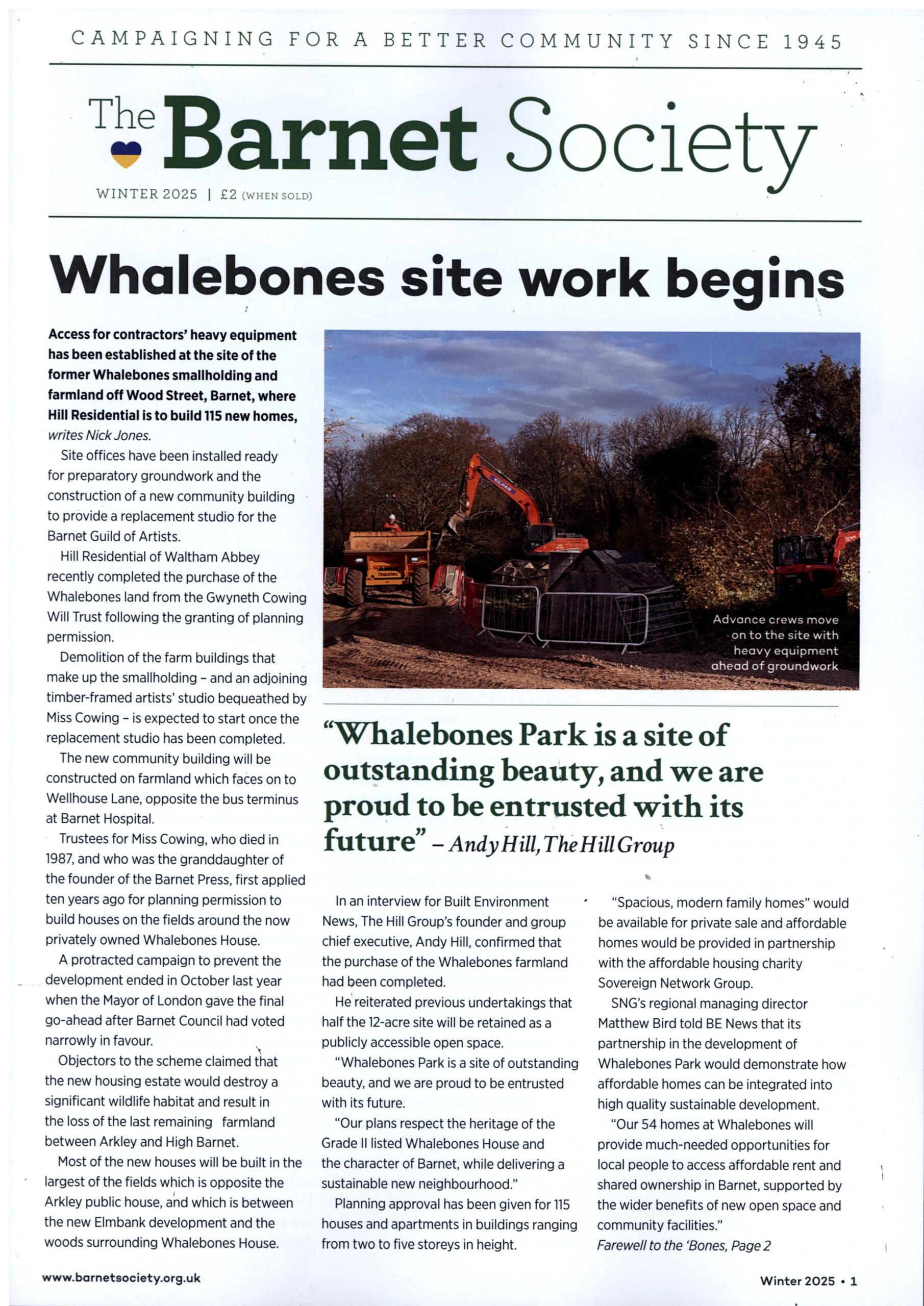
Thankyou Nick for a very interesting article about our very friendly, productive allotment site.